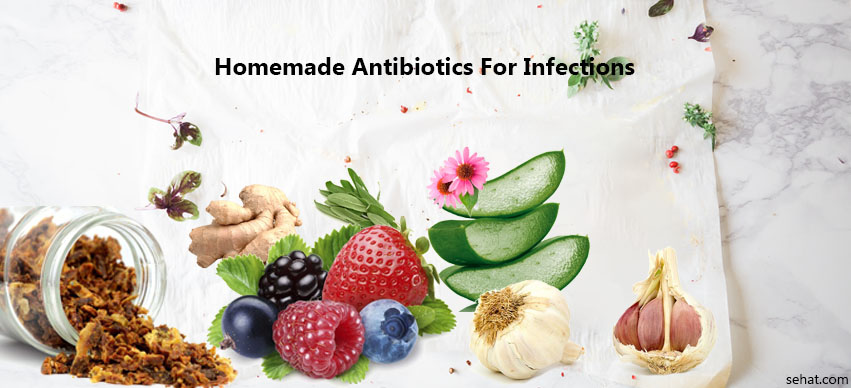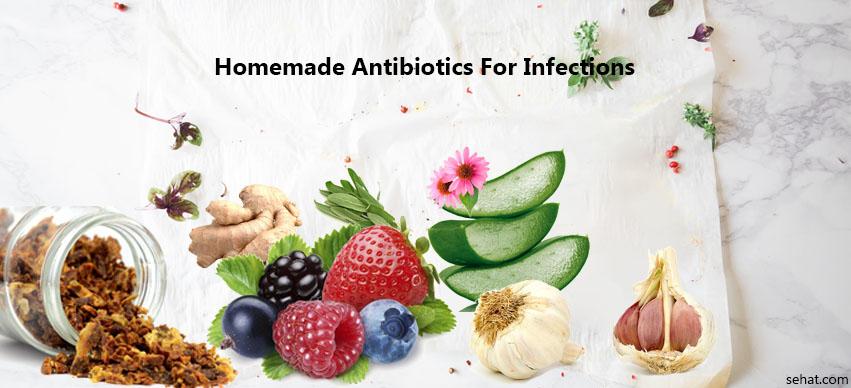How Communities Are Changing the Way We Think About Aging in..
8 Min Read


Antibiotics are molecules or a group of drugs which stop the growth or kill bacteria. Antibiotics which kill bacteria are called “Bactericidal†and Those that stop the growth of bacteria and prevent them from reproducing are called “Bacteriostaticâ€.
Originally, antibiotics were considered naturally occurring microbial products. With the advancement of modern medicine, antibiotics came to be known as agents used to treat infections. A group of antibiotics, namely b-lactam, tetracyclines, aminoglycosides and macrolides were originally made from natural sources and later modified chemically to provide better properties.
Antimicrobial resistance is the ability of microorganisms to withstand effects of administered antibiotic.
Antibiotic resistance is a challenge for the public health sector, both in the prevention and treatment of infections.
Much before the use of antibiotics, medicines derived from natural herbs and plant sources were used to treat infections. With a rise in the incidence of antibiotic resistance, there is a parallel increase in awareness among the general population regarding the long-term harmful effects of antibiotics on the human body as well as the environment. Due to this, people have again started giving preference to natural treatment of their illnesses.
Even along with allopathic medications, the first question that pops into a patient’s mind is, is there any natural or homemade antibiotic for an infection? People also prefer taking adjuvant herbal or home remedies to speed up the process of recovery.
Therefore, they treat imbalances of the whole body rather than just one part of the body.
Sr.No. | Plant Name | Properties |
| 1. | Aloe Vera | Powerful plant for treating external wounds and preventing infection of these wounds. It has properties which stimulate cell regeneration and promotes healing. It has an antibiotic effect against Staphylococcus aureus and E.Coli |
| 2. | Berries | Cranberries were earlier used to treat and prevent urinary tract infections in women. Cranberry and blueberry contain monosaccharide fructose which has a bacteriostatic effect. Raspberry juice extract is known to prevent the growth of bacteria like Shigella, E.coli and Salmonella. Juniper berry oil is used for the treatment of bronchitis and osteoarthritis. |
| 3. | Croton latex | This works like the modern-day spray-plaster, which creates a film over wounds and seals them. It has healing properties in cases of ulcers, infected wounds It has healing properties in cases of ulcers, infected wounds and herpes. It prevents contamination of the wound with microbes. |
| 4. | Echinacea | Echinacea tincture applied on the back of the throat is very useful to treat infections of the throat. |
| 5. | Eucalyptus Oil | This oil works wonders when applied locally. It has anti-bacterial effects even against respiratory tract illnesses. The oil is often inhaled to treat respiratory infections. |
| 6. | Hydrastis Canadensis | This plant has potent antibiotic effects in cases of pneumonia, gastric and vaginal infections. |
| 7. | Garlic | Allicin is the active principle present in garlic which has strong anti-microbial effects against antibiotic-resistant disease. During World Wars I and II, it was used as an antiseptic against gangrene. It has been used in the treatment of plague in the past. It also lowers blood pressure and stimulates the immune system. Garlic is also useful in patient s having hypertension and ischemic heart diseases. It reduces the risk of having heart attacks and strokes in such patients. |
| 8. | Grape Fruit Seed Extract | It is also called citrus seed extract. It is commonly used to treat infections of the throat and gut. It has an action similar to antibiotics and it tends to harm even the healthy bacteria in the gut. This is the reason it is used with extreme caution. |
| 9. | Propolis | This is a resinous mixture derived from honeybees. It contains potent anti-bacterial alkaloids. It can be applied directly on to wounds and also consumed for throat infections or the common cold. |
| 10. | Sage | This herb is used to treat upper respiratory tract and gut infections. |
| 11. | Usnea | It is a strong natural antibiotic for the treatment of respiratory tract and urinary tract infections. It also has anti-fungal properties against Candida albicans. |
| 12. | Boneset (Eupatorium) | This natural remedy works efficiently for fevers like dengue, malaria and influenza. Pyrrolizidine alkaloid present in the plant is hepato-toxic and therefore should be used with utmost care. |
| 13. | Ginger | This herb has anti-inflammatory and antibiotic properties. It is widely used for natural treatment of common cold, infections of the stomach and osteoarthritis. |
| 14. | Xylitol | This is a type of carbohydrate found in fruits and vegetables. Unlike sugars which become a favourable environment for mouth bacteria to grow. They cannot use xylitol as a source of energy and therefore this is a natural antibiotic for tooth infections and decay. |
Since antibiotic resistance is a continuous process, the efficacy of each antibiotic has certain limitations. This is the reason why scientists and people are searching for potential natural antibiotic sources against infections which are easily available and have lesser toxicity.
Belonging to a field of alternative medicine, I too am imbibed with the belief that a slight change in diet and use of certain herbs at the time of infections lets your body heal itself. Use of readily available antibiotics is the sole reason for a sharp rise in drug-resistant diseases.
Also, it important to consult a doctor qualified in practising herbal medicine to ensure the quality, authenticity and suitability of these herbs to be used as homemade antibiotics for infections. This is because each person has a different reaction towards active ingredients of herbs.